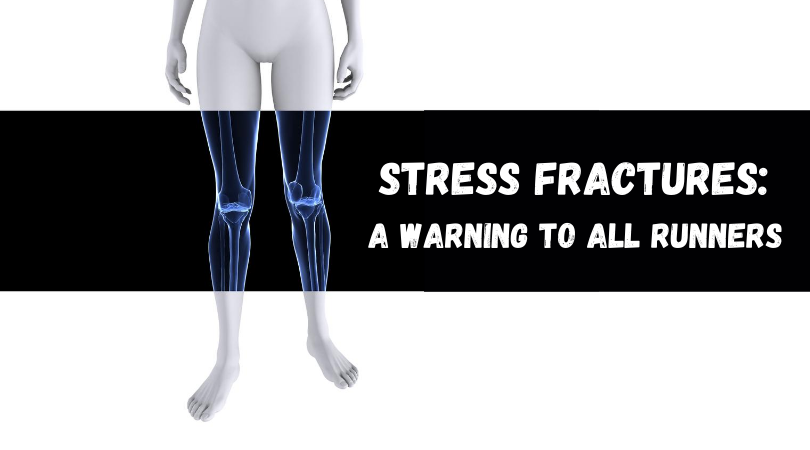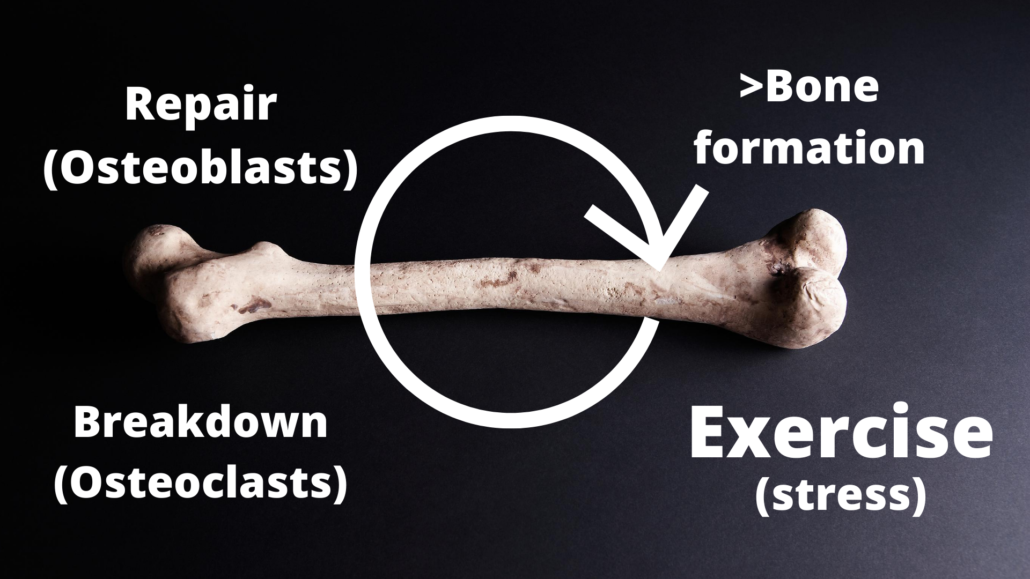Stress fractures: A warning to all runners

Stress fractures are a runner’s worst nightmare because they are often mis-diagnosed and once accurately identified, treatment is often no running and even crutches. This is extremely frustrating and requires the amount of patience that is rare in the running populations. So what do we need to know about stress fractures? It is worth mentioning stress fracture treatment it outside the scope of this blog, instead we dive into pathology, risk factors and warning signs.
Stress fracture pathology
A stress fracture is know as tiny cracks in a bone caused by repetitive force. For example, jumping or running long distances. If this load is excessive, it will reach the bone’s limit. However, there is growing evidence that a stress fracture involves an imbalance between load and its ability to form new bone tissue (Warden et al. 2014). This means that bone is not a rigid structure, rather a living tissue, and triggers growth from micro-damage. Think of this process the same way a muscle requires micro-tears to build greater muscle.

Risk factors of stress fractures
In a general sense, risk factors are sectioned into two categories: (Popp et al, 2016)
- Factors influencing bone strength: This would include bone mineral density, bone shape, your age, genetics, nutrition, vitamins/minerals, endocrine and hormonal status bone disease & energy availability.
- Moreover, this fits into athletes at risk of ‘reduced energy availability’ or RED-S which can be explained in greater detail here.
- These factors are illustrated clearly in the diagram below.
- The external mechanical load: This includes changes in loading intensity and frequency, harder training surface, footwear, and body shape.
- Popp et al, has found those with a history of stress fractures have significantly lower bone strength relative to the loads they encounter during running. This would suggest that runners are loading their bones beyond their maximal capacity, and increasing the likelihood of stress fractures.

Early warning signs & prevention
A runner’s history will be consistent with overuse and a gradual onset of activity-related pain. Because this pathology has different stages, signs and symptoms will vary. Pain is usually described as a mild, diffuse ache that occurs after a specific amount of running. The pain does not resolve or “warm up” like tendon pain. Initially, the pain settles quickly after running but as the pain becomes severe, it persist long after rest. Eventually, symptoms will worsen until you are unable to run. At this more advanced stage, there will be an inflammatory response including night pain. It is for this reason that early detection and diagnoses is critical. For more information consult the resources below.
Relevant Blog posts:
- What is RED-S & what are the signs
- What Runners need to know about Bone Density
- Does running cause osteoarthritis?
